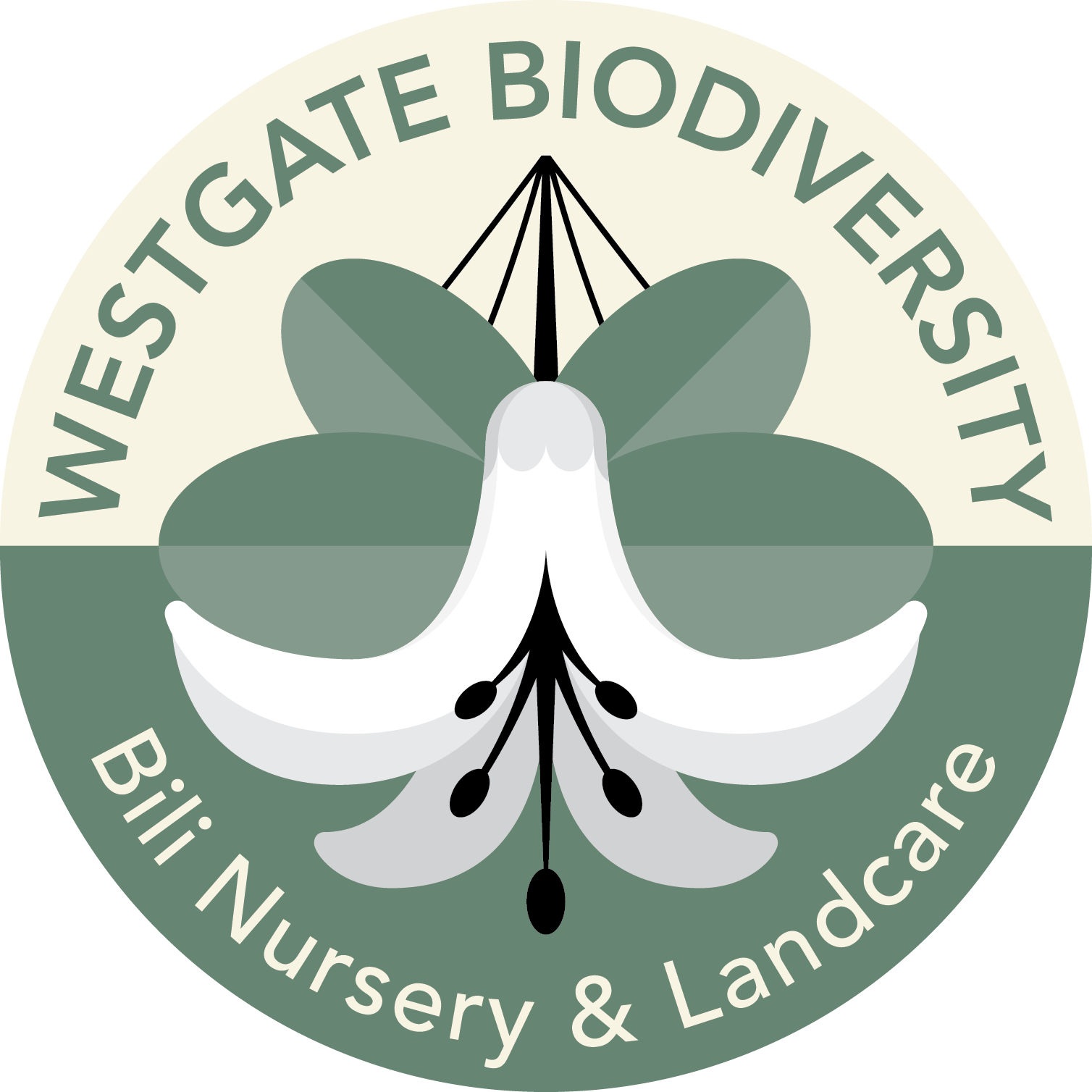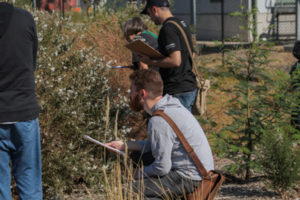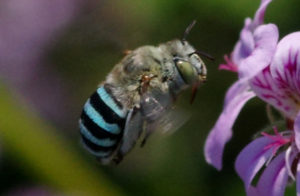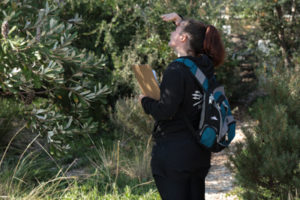The project started with a workshop in May 2017 in which we learned how to identify targeted pollinators and record observations. We then moved to the autumn observatories in the Park.
The 15 observatories (map: 2017-05 Pollinators v3) were chosen for:
- their mass displays of flowers for particular plant species and
- the timing of peak flowering so at least one site would be active every month,
Each month we published our observations.
More detail:
The Providing for Pollinators Project was a research and community engagement collaboration between the Friends of Westgate Park and the National Environmental Science Programme – Clean Air and Urban Landscapes Hub, funded by the City of Melbourne.
All species in this planet are delicately interlinked in a beautifully complex network of ecological interactions. Our project aimed to make visible some of the most important ecological interactions that are taking place in Westgate Park. Through this project we learned about Australian native pollinators (and the few non-native pollinators) that are frequently seen visiting the flowers of Westgate Park.
We had research-oriented citizen science protocols to document the ecological interactions between plants and insect pollinators, at timed intervals, at a network of 15 pollinators observatories established in the Park. We provided training and a ‘Visual field guide for the identification of targeted pollinators’. Following the session, participants were provided a questionnaire to test their capacity to successfully complete the field protocol and accurately identify the targeted insects, including the very charismatic Blue-banded bees and Yellow Admiral butterfly, and the plants with which they interact.
With participants’ help and that of other engaged citizens, community groups, indigenous groups and all levels of government, this and other similar projects across Australia are addressing critical issues in urban biodiversity conservation. They demonstrate the importance of urban green spaces for biodiversity – including threatened species and ecological communities – and by demonstrating the value of biodiversity for urban-dwelling humans.
Dr Luis Mata
Luis is a Research Fellow with RMIT University’s Interdisciplinary Conservation Science Research Group. He works as part of the National Environmental Science Programme – Clean Air and Urban Landscapes Hub, where he is contributing to The Shared Urban Habitat, a research project looking at addressing the broad question of how humans can effectively share the urban habitat with other species. He is particularly interested in developing a protocol for bringing nature back into cities through reintroductions and ecological replacements. He is also conducting research for The Little Things that Run The City, an insect ecology and conservation project exploring how Melbourne’s green spaces support insect biodiversity and ecosystem health. He is researcher in RMIT’s Centre for Urban Research and an Associate Member of the Australian Research Council Centre of Excellence for Environmental Decisions.



